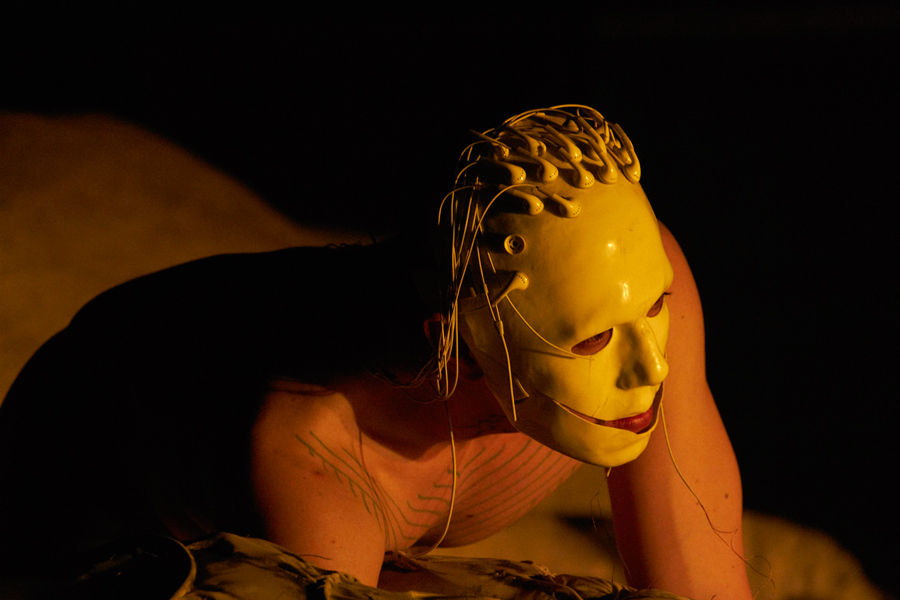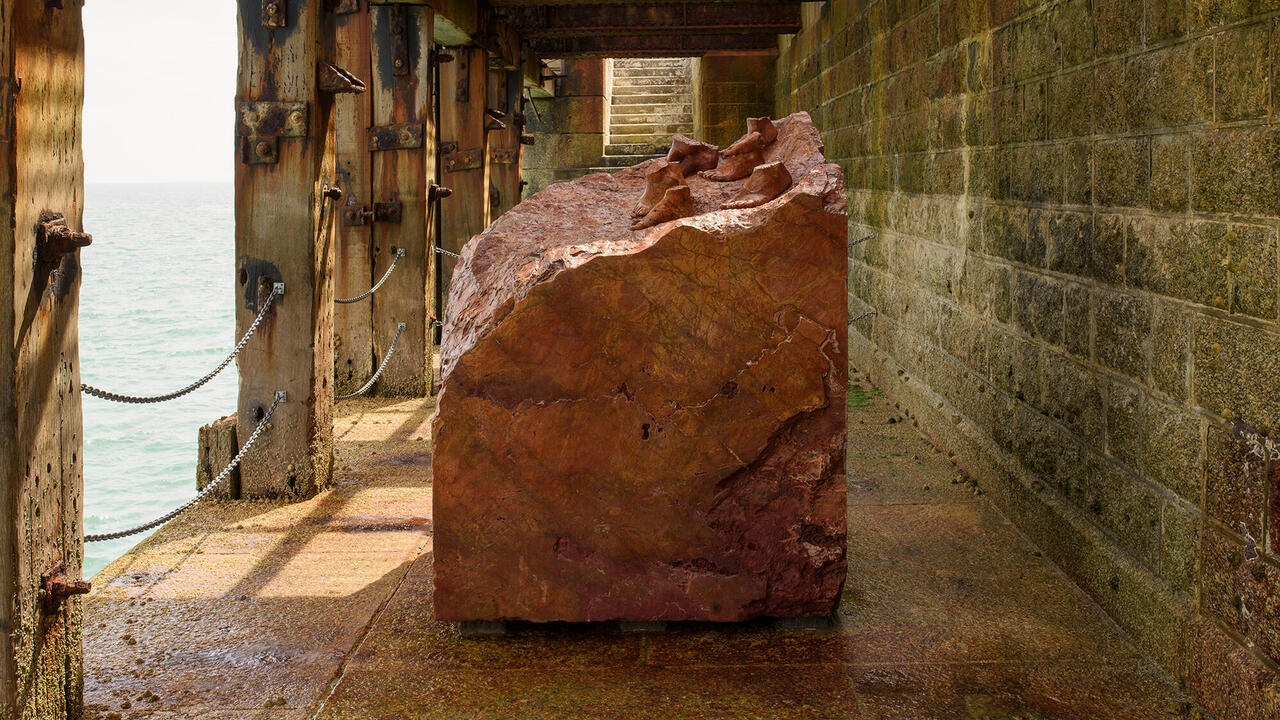Fierce Festival: Performance Art for the End of the World
Sean Burns reviews Birmingham’s live art biennale
Sean Burns reviews Birmingham’s live art biennale

‘I think of Fierce as a festival for the end of the world,’ declared artistic director Aaron Wright to the expectant audience gathered at Birmingham’s Medicine Gallery, where he hosted a discussion for the biennial festival’s 2019 edition on 17 October. The city seemed like a fitting backdrop, as the council are currently upheaving the centre in preparation for the showpiece Commonwealth Games in 2022. In devising this year’s programme, Wright grappled with the event’s place in our context of climate crisis, mass anxiety and rising fascism, ultimately asking: ‘With a world in crisis what use is an arts festival, really?’ The resulting programme centred around ideas of communion, empathy, resistance and joy, bringing together a mix of performance enthusiasts who coalesce in Birmingham every two years to celebrate radical live-art practice.

First up is Kate McIntosh’s ritualized team-building exercise, In Many Hands (unless otherwise stated, all works 2019). Seated at long tables, we passed down instructions and objects using only our hands to communicate. McIntosh attempted to create intimacy between strangers, suggesting a sort of hokey togetherness where everyone was invited to marvel at one another’s hands and the properties of unusual objects. The trouble was, I was so busy passing dried seahorses, balls of wet soil and orange pigment down the line that there was little opportunity to connect with my neighbours in any meaningful way. The work felt like an administered ‘profound’ experience, in which the assistants enacted careful fascination, handling generic rocks like Fabergé eggs.
One of the strongest pieces was The Gloop Show, a performance by the UK’s premier green drag queen, Oozing Gloop. The audience packed into Centrala, a small arts space in the city’s Digbeth area, to observe a spectacular philosophy lecture. Dressed in a papier-mâché triangular headpiece, and little else, Gloop tore through an existential game show, complete with enormous cardboard props and a hilarious video of the former US Secretary of Defence, Donald Rumsfeld. The show sought to complicate, clarify and re-complicate ideas about the creation of the world and the construction of gender, using the vowels (A E I O U) as a point of departure. I left wondering why more institutions don’t programme such urgent, raucous and political work.

My festival highlight was Doris Uhlich’s Every Body Electric, a choreographic piece, in which six performers gyrated and undressed to pumping techno. Over 70 minutes, each dancer took turns to occupy the space, sometimes in pairs, testing their physical limitations and addressing the audience directly. The show culminated in the deconstruction and reassemblage of some of the dancers’ wheelchairs, followed by a transcendental, spot-lit solo performance by Yanel Barbeito Delgado to Joy Division’s ‘She’s Lost Control’ (1979). Had the invitation been there, the entire sold-out auditorium would have joined the floor to continue partying to the final track, Depeche Mode’s ‘People Are People’ (1984) until the end of the world.

Most of the performances contained extreme, repetitive elements, often degrading to the point of total collapse. As a curatorial decision, it was refreshingly confrontational, testing the audience’s empathy with the performer’s endurance. In Miet Warlop’s incredible Ghost Writer and the Broken Hand Break (2018), three musicians spun continuously for 50 minutes, singing abrasive, Beastie Boys-esque songs. In Ellen Furey and Malik Nashad Sharpe’s SOFTLAMP.autonomies, the dancers adhered to a strict internal logic, repeating the same sequence of gestures until they broke down, screaming and crawling across the floor.
In the depths of Birmingham’s Jewellery Quarter, inside an abandoned warehouse, a guide led our group down a tunnel towards an elegant 30-person dining table set with grapes, red wine and grey archive boxes. Initially, I wasn’t sure if I was joining a sinister dinner or a convivial secret meeting between friends. Artist Tania El Khoury and her husband, historian Ziad Abu-Rish, introduced themselves and proceeded to guide us through The Search for Power: a lecture and installation performance on their research into power shortages and the rationing of electricity in their home country of Lebanon. The artist used a slide show and occasional performative vignettes to beautifully enliven an archive – containing government documents and news cuttings – which might otherwise have been quite dry. At the end, the whole table, fully educated on the colonial interference that produced the country’s continuous blackouts, danced with the couple in darkness.

Fierce is an essential component of the Midlands’ art landscape, bringing a taste of the avant-garde to a city that is too often overlooked and under-funded. During each iteration, I tune in to a network of practitioners, performers and party-goers, who come to experience marginal and polemical art. Some of the performances in the programme asked me to redress my frame of reference, raising questions about how context affects judgement. For example, would performance art ‘music’ withstand the rigour of conventional music criticism? The biggest triumph this year was the popularity of the festival, with outreach initiatives drawing in new, under-represented audiences. Live art has the capacity to cross disciplines, creating incredible, powerful work, such as Justin Shoulder’s refined metamorphic presentation Carrion EP 1 at Club Fierce vs. Hooker Club. Wright’s pop-culture-inspired programme delivered on all four of its aims, fostering a sense of communion, empathy, resistance and joy. If the apocalypse is anything like Fierce, I’m ready.
Main image: Oozing Gloop, The Gloop Show, 2019, performance documentation. Courtesy: Fierce Festival, Birmingham; photograph: © Manuel Vason























